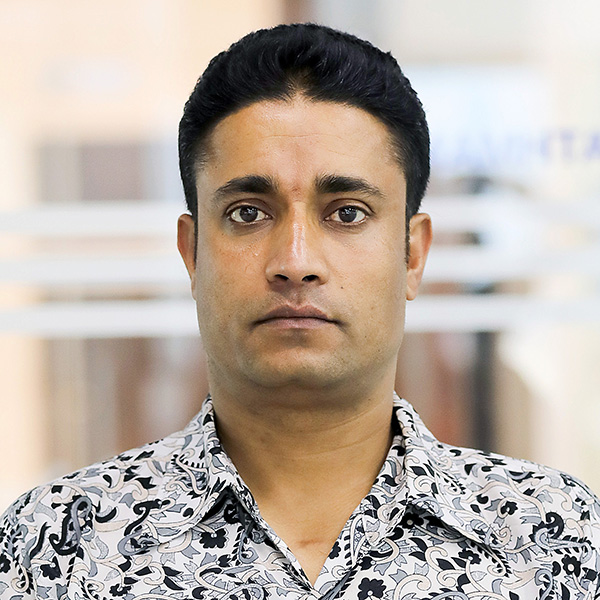Money
Only 10 percent of Poor ID cards distributed in seven years
A government plan to issue identity cards to the poor people has been moving at a slow pace as only 10 percent of the ID cards have been distributed in the last seven years.
Rajesh Khanal
A government plan to issue identity cards to the poor people has been moving at a slow pace as only 10 percent of the ID cards have been distributed in the last seven years.
Forwarding its ambitious plan to relieve the poor by providing them with number of benefits, the government in September 2012 launched the survey in 26 districts. Cardholders were supposed to receive discounts on education, health facilities, transportation and foodstuffs, among others. The government had spent Rs600 million for the survey and data processing work.
According to the Ministry of Land Management, Cooperatives and Poverty Alleviation, only 38,304
poor households out of the identified 391,831 poor households have received the ID cards as of now. Of the
surveyed districts, the government has distributed the cards to 4,494 out of 4,560 households in Humla district, the largest of all.
The ministry officials attributed the slow progress in the distribution of cards to the controversies that took place while implementing the programme. “The concerned people of over 10 local bodies, showing the flaws in the previously done survey, have filed complaints at Hello Sarkar, seeking to cancel the issued cards,” said a source at the ministry. “The local people have complained that the survey failed to incorporate actual poor people.”
Of the total households identified under the poverty line, 188,235 households are identified as extreme poor, 119,748 as mid-poor and 83,848 as general poor. These poor households were supposed to receive special relief packages via the poor ID cards, which however was mired in delays due to the controversies. Many complaints filed at Hello Sarkar have mentioned that even the rich people have received the ID cards in hopes of getting the package to be offered by the government, said the source.
In the first phase, the government completed its survey in Bhojpur, Khotang, Siraha, Sindhuli, Ramechhap, Rautahat, Gorkha, Tanahu, Baglung, Kapilvastu, Arghakhanchi, Pyuthan, Rolpa, Rukum, Bardia, Jajarkot, Dolpa, Jumla, Kalikot, Mugu, Humla, Bajura, Bajhang, Achham and Kailali districts. Of these, the distribution work has not been started in 16 districts.
The baseline survey has identified 71.1 percent of the households in Bajura as living below the poverty line, the largest of all. Sindhuli has 46.9 percent people as extreme poor, followed by 41.8 percent in Siraha, 39.3 percent in Kailali and 29.9 percent in Baglung.
A senior official of the ministry blamed local authorities for disrupting the distribution of the ID cards although the ministry had asked them to go ahead with the outcomes of the first survey.
“We will conduct another survey of the controversial areas if it is found necessary, after the completion of the second round survey that is slated to begin from the next fiscal year,” said the source.
The ministry said it is launching the second phase survey of 12 out of the 51 remaining districts from the next fiscal year. The districts under the lists include Taplejung, Dhankuta, Mahottari, Kavrepalanchok, Rasuwa, Lamjung, Syangja, Myagdi, Bake, Dailekh, Dadeldhura and Darchula.
The ministry will be deploying 568 enumerators to conduct the survey of 640,224 households in these districts. It has asked the Ministry of Finance to provide Rs180 million for the second survey.




 15.69°C Kathmandu
15.69°C Kathmandu















